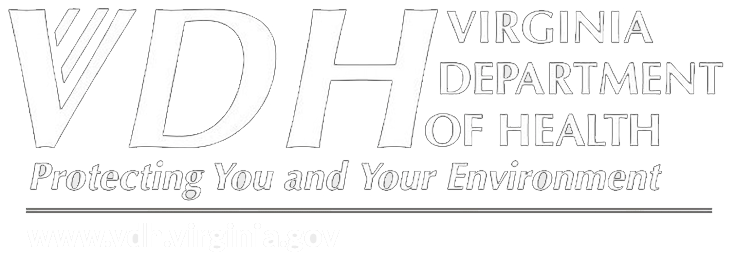Whether it’s a survivor of intimate partner violence, a student suddenly and uncharacteristically acting out in class, or a person experiencing homelessness, the likelihood that they have suffered at least one serious brain injury is extremely high.
Unfortunately, it’s just as likely that they haven’t been screened for it.
The Brain Injury Association of Virginia (BIAV) is determined to change that, through education, building partnerships with a wide swath of social service organizations, outreach and advocacy. The organization’s primary goal is making screening for brain injury a routine part of intake or any other circumstance when a member of the general public presents for services.
The majority of brain injuries are mild injuries or concussions. However, all types of brain injuries can have serious health consequences and need prompt assessment by a professional that has experience evaluating brain injuries.
In the case of the survivor, that could mean being screened in a hospital emergency room or domestic violence shelter; a school nurse could perform a simple screening of the student and refer the student for medical services; and the person experiencing homelessness could be screened the next time they appear at a local rescue mission for a meal.
Screening is not a diagnosis, but it’s a valuable indicator of possible brain injury, emphasizes Amy Smith, Clinical Liaison, BIAV.
Once a person has been screened and a possible indication of a brain injury identified, they or their case manager, or parent or other caregiver can then be linked with needed resources for care.
BIAV Executive Director Anne McDonnell explains, “Screening is really important to give the person who’s administering the screening the information that they need to give an appropriate response to provide the appropriate level of care. And if that person chooses to follow through with the information and treatment suggested, that’s a huge bonus.”
For example, if a domestic violence shelter would add a simple brain screen to its intake process, the outcome could lead to a better, more appropriate level of care for the individual. Not only would they be referred for medical services but there are local programs all around Virginia that provide direct services to people with brain injury, whether that’s case management, support groups, or even community living programs and other skill building programs.
“We’re hoping to get people to not only be aware and educated about brain injury and what that means for them, but also getting them connected to the brain injury system of care,” says Smith.
Educating people who work with individuals coming into a shelter, for example, who screen for a brain injury can also then learn about how to make adjustments and allowances for cognitive behavioral symptoms. People being removed from shelters because of disruptive behavior are often undiagnosed; knowledge that they have a brain injury can increase the likelihood that they can stay there if staff are trained about how to work with them.
“Unfortunately, there are too many times when various service providers, not just domestic violence shelters, because they don’t have the accurate information that they need are not really providing services appropriately, even though they’re there with the best of intentions,” says McDonnell. “We’re just trying to fill in the missing pieces that will help folks do that better. And that starts with screening.”
For more information, including a simple six question screening tool for possible brain injury, visit www.biav.net. If brain injury is indicated, seek medical attention immediately.
